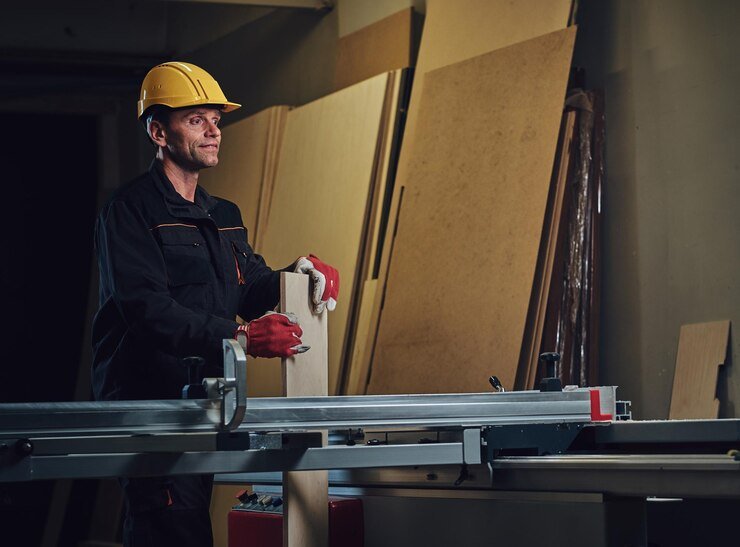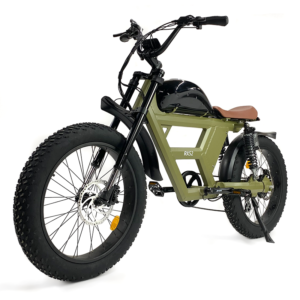In the realm of modern construction and industrial applications, the need for efficient and reliable door solutions is paramount. Roller shutter doors have emerged as popular choices for their durability, security, and space-saving properties. Central to the production of these doors is the roller shutter door roll forming machine, a critical piece of technology that has revolutionized the way door frames are made. In this article, we will explore the functionality, benefits, and technological advancements of roller shutter door roll forming machines and their integral role in the broader category of door frame making machines.
Understanding Roller Shutter Door Roll Forming Machines
A roller shutter door roll forming machine is specialized equipment designed to produce the slats or sections that make up a roller shutter door. These machines use a series of rollers to gradually shape flat metal strips into the desired profile, which are then assembled to form the complete door. This process is known for its efficiency, precision, and ability to handle high-volume production runs.
Key Components of a Roller Shutter Door Roll Forming Machine
- Decoiler
- Function: Holds and feeds the metal coil into the roll forming machine. It unwinds the coil at a controlled rate to ensure smooth feeding into the rollers.
- Significance: Ensures a continuous supply of material, which is essential for maintaining production efficiency and reducing downtime.
- Roll Forming Section
- Function: Comprises a series of rollers that progressively bend and shape the metal strip into the desired profile.
- Significance: The heart of the machine, where the actual forming takes place. The precision of the rollers determines the quality and accuracy of the final product.
- Cutting Mechanism
- Function: Cuts the formed profile to the required length. This can be a flying cutoff system that cuts the material while it is still moving or a stop-to-cut system that pauses the material for cutting.
- Significance: Provides the flexibility to produce sections of varying lengths, crucial for different door sizes and designs.
- Control System
- Function: Includes programmable logic controllers (PLCs) and human-machine interfaces (HMIs) that manage the operation of the machine.
- Significance: Allows for precise control over the forming process, including speed, material feed, and cutting length, ensuring consistent quality.
- Support and Guiding System
- Function: Guides the metal strip through the roll forming section and supports it during the forming process.
- Significance: Prevents misalignment and ensures the smooth movement of the material, contributing to the accuracy and consistency of the formed profiles.
- Output System
- Function: Collects and stacks the finished profiles or sections after they are cut.
- Significance: Facilitates easy handling and packaging of the finished products, streamlining the production workflow.
Benefits of Roller Shutter Door Roll Forming Machines
The roller shutter door roll forming machine offers several advantages that make it indispensable for modern door frame making machines:
- High Efficiency
- Feature: Continuous operation with high-speed production capabilities.
- Benefit: Enables mass production of roller shutter door components, significantly reducing manufacturing time and costs.
- Precision and Consistency
- Feature: Advanced roll forming techniques ensure accurate shaping of metal profiles.
- Benefit: Produces high-quality, uniform profiles with minimal variations, essential for ensuring the reliability and functionality of roller shutter doors.
- Versatility
- Feature: Adjustable settings and modular design allow for the production of various profiles and sizes.
- Benefit: Provides flexibility to manufacture different types of roller shutter doors, catering to diverse market needs.
- Material Efficiency
- Feature: Optimized roll forming process minimizes material waste.
- Benefit: Reduces raw material costs and supports sustainable manufacturing practices by maximizing material utilization.
- Automation and Control
- Feature: Integrated control systems with automation features.
- Benefit: Simplifies operation, enhances production accuracy, and reduces the need for manual intervention, leading to lower labor costs and increased safety.
Technological Advancements in Roller Shutter Door Roll Forming Machines
The field of roller shutter door roll forming machines has seen significant technological advancements, enhancing their efficiency, versatility, and ease of use. Here are some key developments:
- Advanced Control Systems
- Development: Use of sophisticated PLCs and HMIs for better process control.
- Benefit: Allows real-time monitoring and adjustment of the forming process, improving quality control and operational efficiency.
- Quick Change Tooling
- Development: Innovations in tooling systems that enable rapid changes between different profiles.
- Benefit: Reduces downtime when switching between production runs of different designs, enhancing flexibility and productivity.
- Enhanced Material Handling
- Development: Improvements in decoilers, feeders, and output systems for better material management.
- Benefit: Ensures smoother operation and reduces the risk of material jams or misalignment, contributing to a more reliable production process.
- Integration with Door Frame Making Machines
- Development: Integration with other door frame making machines, such as punching and welding systems.
- Benefit: Streamlines the production process by allowing seamless transition from forming to final assembly, reducing production time and labor requirements.
- Eco-Friendly Features
- Development: Adoption of energy-efficient motors and recycling systems for waste material.
- Benefit: Supports eco-friendly manufacturing practices, reducing the environmental impact and operating costs.
Applications and Impact of Roller Shutter Door Roll Forming Machines
Roller shutter door roll forming machines are used in various sectors including commercial, industrial, and residential applications. They enable the production of doors that provide security, insulation, and aesthetic appeal. Here’s how these machines impact different applications:
- Commercial Applications: Roller shutter doors produced by these machines are widely used in shops, warehouses, and garages for their durability and space-saving properties.
- Industrial Applications: In industrial settings, roller shutter doors are valued for their robustness and ability to protect against harsh environmental conditions.
- Residential Applications: These doors offer enhanced security and convenience for residential garages and storage areas, contributing to property value and safety.
Conclusion
The roller shutter door roll forming machine is a critical component in the realm of door frame making machines, enabling the efficient and precise production of roller shutter doors. With advancements in control systems, tooling, and material handling, these machines have become more versatile and reliable, meeting the demands of modern manufacturing. By investing in state-of-the-art roll forming technology, manufacturers can enhance their production capabilities, reduce costs, and deliver high-quality custom molds tailored to the needs of their customers. As the industry continues to evolve, the role of these machines in producing innovative and secure door solutions remains indispensable.





+ There are no comments
Add yours